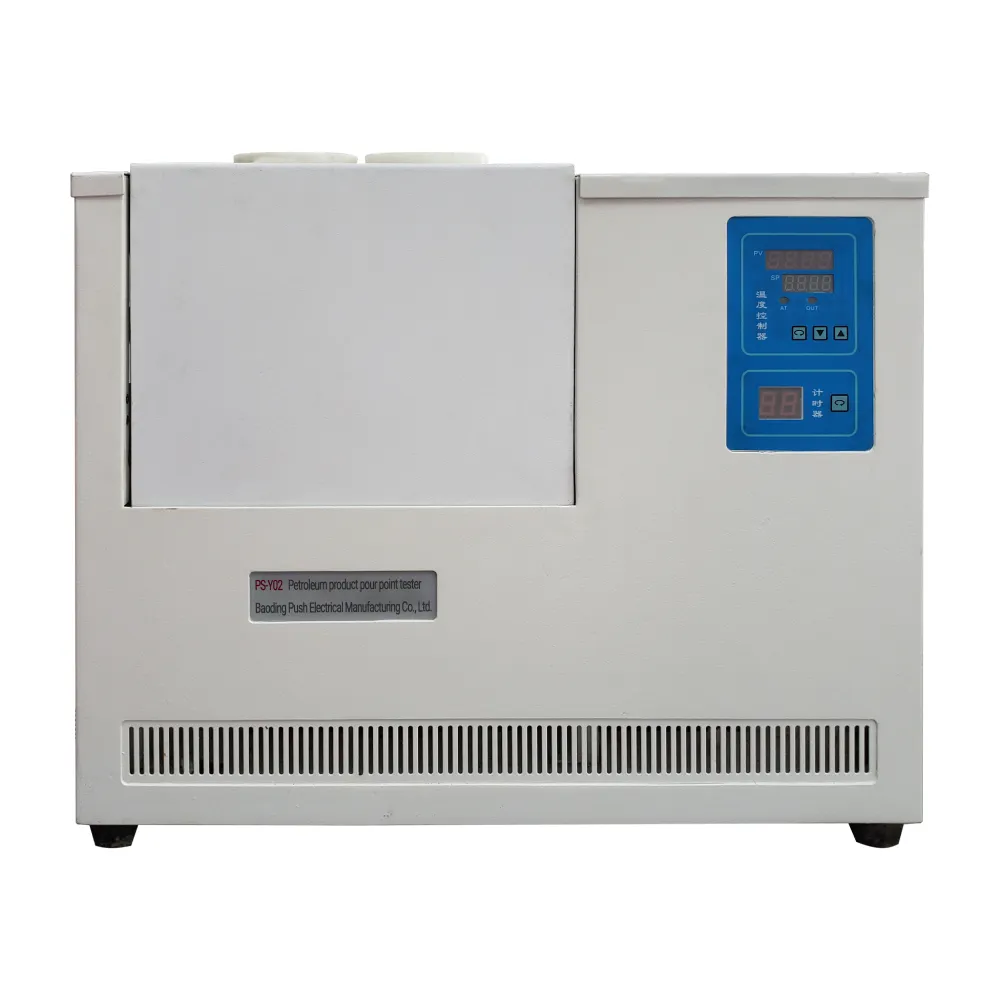 English
English


Understanding High Voltage Electrical Testing Methods and Their Importance in Safety Standards
Understanding the Hi-Pot Electrical Test A Key Safety Protocol
The Hi-Pot (high potential) electrical test is a crucial procedure employed in the electrical and electronic industries to ensure the safety and integrity of electrical equipment. This test measures the dielectric strength of insulation materials used in various devices, thereby assessing their ability to withstand high voltages without breaking down. Conducting a Hi-Pot test helps to prevent electrical shocks or failures, ensuring that products meet stringent safety standards.
Understanding the Hi-Pot Electrical Test A Key Safety Protocol
There are two main types of Hi-Pot testing the AC (alternating current) Hi-Pot test and the DC (direct current) Hi-Pot test. The AC Hi-Pot test typically applies a sine wave voltage, which closely simulates real-world conditions, allowing for a more realistic evaluation of the product's performance. On the other hand, the DC Hi-Pot test uses a constant voltage and may be more effective in certain applications, particularly for testing the insulation of high-voltage equipment. Each method has its advantages and is chosen based on the specific requirements of the device being tested.
hi pot electrical test

Safety is paramount when performing Hi-Pot tests. Technicians must be adequately trained and equipped with appropriate safety gear, including gloves and goggles. It is also essential to ensure that the test environment is free from hazards, with clear markings and barriers to prevent unauthorized access during testing. The equipment used for Hi-Pot testing must also be regularly calibrated and maintained to ensure accurate results.
Besides safety assurances, a Hi-Pot test can also enhance the overall quality of products. By identifying weaknesses in insulation before products reach consumers, manufacturers can mitigate the risk of future recalls and liability claims. This not only protects end-users but also preserves the manufacturer's reputation. Furthermore, regular Hi-Pot testing as part of a quality assurance program can lead to improved reliability and longevity of electrical products.
In conclusion, the Hi-Pot electrical test is an indispensable practice in ensuring the safety and reliability of electrical devices. By thoroughly assessing the dielectric strength of insulation, manufacturers are not only protecting consumers but also fostering trust in their products. As technology continues to advance, incorporating regular Hi-Pot testing into manufacturing processes will remain a best practice for ensuring the utmost safety and quality in electrical equipment.
-
Differences between open cup flash point tester and closed cup flash point testerNewsOct.31,2024
-
The Reliable Load Tap ChangerNewsOct.23,2024
-
The Essential Guide to Hipot TestersNewsOct.23,2024
-
The Digital Insulation TesterNewsOct.23,2024
-
The Best Earth Loop Impedance Tester for SaleNewsOct.23,2024
-
Tan Delta Tester--The Essential Tool for Electrical Insulation TestingNewsOct.23,2024





